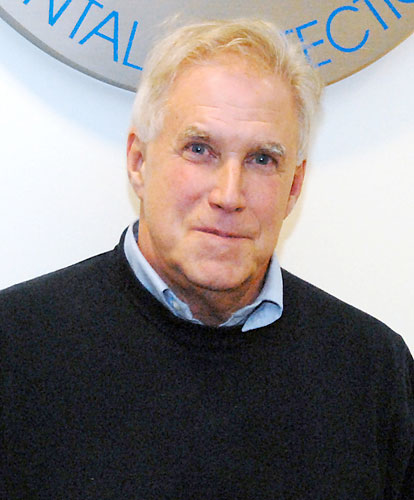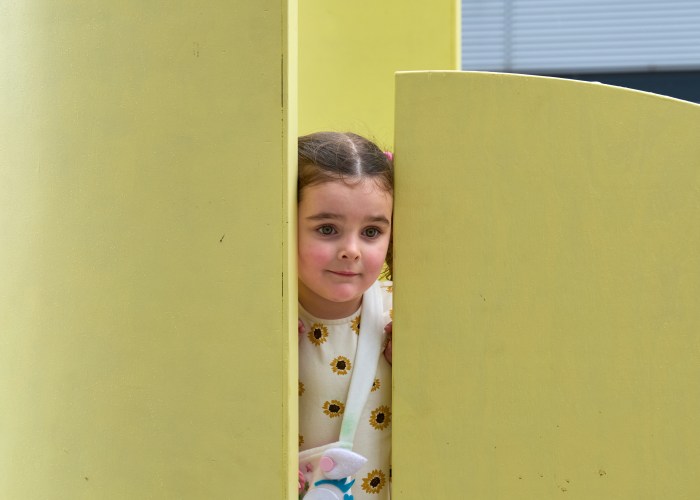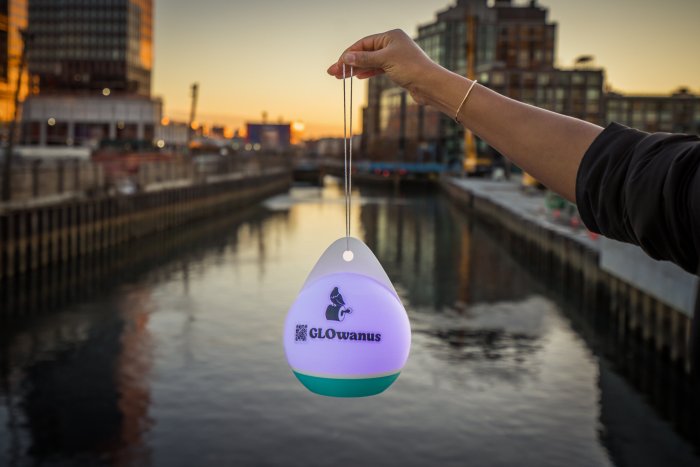Environmental Protection Agency archeologist John Vetter just wrapped up an initial survey of the polluted Gowanus Canal, a waterway inching its way towards a $500-million federally overseen Superfund clean-up. Federal law mandates that the agency is careful not destroy an area of historic value during its clean-up, so Vetter’s analysis will be vital. That’s why we had our Gowanus gofer, Gary Buiso, check in with Vetter this week.
Gary Buiso: So, how’s the investigation going?
John Vetter: We are working with underwater archeologists now to evaluate the historic significance of some of the partially submerged bulkheads. We are also using remote sensing technology — a form of sonar that gives you a high resolution image of what is on the bottom in an otherwise difficult body of water to see directly through. We started in the fall and just finished the first phase of our work, which will be included in a report [called a cultural resource survey] due early next year.
GB: How can a bulkhead be historically significant?
JV: One of the most difficult tasks is maintaining the integrity of shorelines. There’s been quite an evolution of the associated techniques as to how to do that, so it essentially becomes a history in and of itself — industrial archeology. So it is that aspect that interests us.
GB: How much is this all going to cost?
JV: We are dealing with things that are not identified and known. Before we cite a cost we have to wait for the initial phases to be carried out and then see what the impact will be as a result of the clean-up.
GB: Could your findings affect how the canal is ultimately cleaned?
JV: If there are significant historic properties in the canal or part of the canal, they can be impacted as the clean-up takes place. What we do in our preservation work, is we identify prior activities, understand them, and see if it is necessary to protect and mitigate them. The presence and characteristic of the historic properties needs to be taken into consideration in designing the clean-up.
GB: Can you give a real world example of this?
JV: We found remnants of small boats from the 1880s in the Hudson River, and prior to disposing of the contaminated wood, they were properly analyzed in a historic context. So depending on the condition, items may be documented in a careful, detailed way, or some artifacts might be set aside for public collections.
GB: So what do you expect to find?
JV: First off, you have to consider past instances of dredging [which could have disrupted large objects], but taking that into account, fragments of vessels or barges that might have been lost, either whole or in part, in the canal. Anchors, and anchor chains, and of course, the industries adjoining and abutting the canal have changed over time, and they likely would have lost bits and pieces of their world into the canal. The variables in this are legion. It is likely things would have survived, but we’re still in the early stages.
GB: Urban legend has it that the canal was a favored dumping ground for the mob. Would finding human remains here be significant?
JV: You mean the canal as a site of human evolution? [Laughs] I suppose if one was pursuing a narrative of criminology, it might. But past episodes of dredging will take a toll on our ability today to find evidence of [these] historic activities.
GB: Do you expect to find something in the canal that surprises you?
JV: I’m always surprised.




















